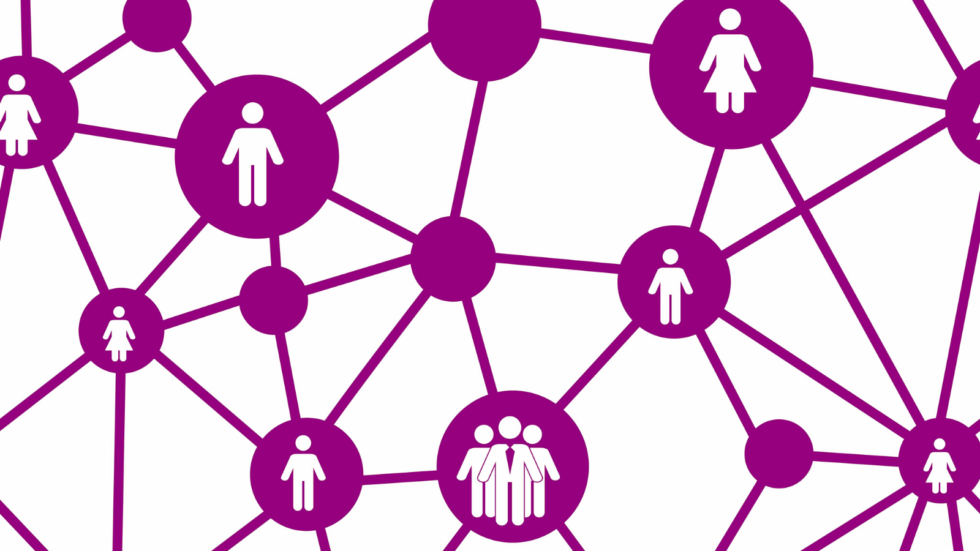 CMS wants you to be able to use a standard set of quality measures for the myriad value-based care contracts you might be involved in. Dubbed the Universal Foundation, these measures are set to streamline quality reporting in different contracts. The most exciting part? They include social determinants of health screening and the ability to quantify health disparities. [Patient EngagementHIT]
CMS wants you to be able to use a standard set of quality measures for the myriad value-based care contracts you might be involved in. Dubbed the Universal Foundation, these measures are set to streamline quality reporting in different contracts. The most exciting part? They include social determinants of health screening and the ability to quantify health disparities. [Patient EngagementHIT]
The agency outlined the Universal Foundation in a February 1 article in the New England Journal of Medicine, explaining that in their 20-year history, quality measures have become more complex, redundant, and in some cases meaningless to improving clinical quality. Although integral to moving value-based care forward, quality measures can be a headache for many in the healthcare industry.
“Since there is tension between measuring all important aspects of quality and reducing measure proliferation, we are proposing a move toward a building-block approach: a ‘universal foundation’ of quality measures that will apply to as many CMS quality-rating and value-based care programs as possible, with additional measures added on, depending on the population or setting,” CMS leadership wrote in the NEJM article.
The proposed Universal Measures include 23 measures ranging from preventive care and screenings, behavioral health, and chronic disease management. These measures, which CMS has made room to iterate in the future, would start as a baseline and some programs might require supplemental measures. The agency emphasized that additional measures would go under strict scrutiny before being added to program requirements.
To much celebration from Gary Price, MD, the CEO of the Physician’s Foundation, the measures also include two that look at the social drivers of health.
...
GETTING IT RIGHT ON QUALITY MEASURES
In some ways, the Universal Foundation is a CMS effort to course correct on quality measures. Quality measures are instrumental to any quality improvement program, including certain value-based care programs. As the old adage goes, you cannot improve what you do not measure.
But as both CMS and Price indicated, those quality measures had become overly complex. Different programs might measure different outcomes, or they might be looking at the same outcome but use different language when detailing the measure.
“One of the problems with the quality measures up to this point is that they often weren't aligned with each other either within the coding system itself or between hospitals and physicians or even between different insurers and the way they're coded,” Price explained. “That's become kind of a mess, and I think CMS has signaled that they want to help improve that.”
Full article>
###
